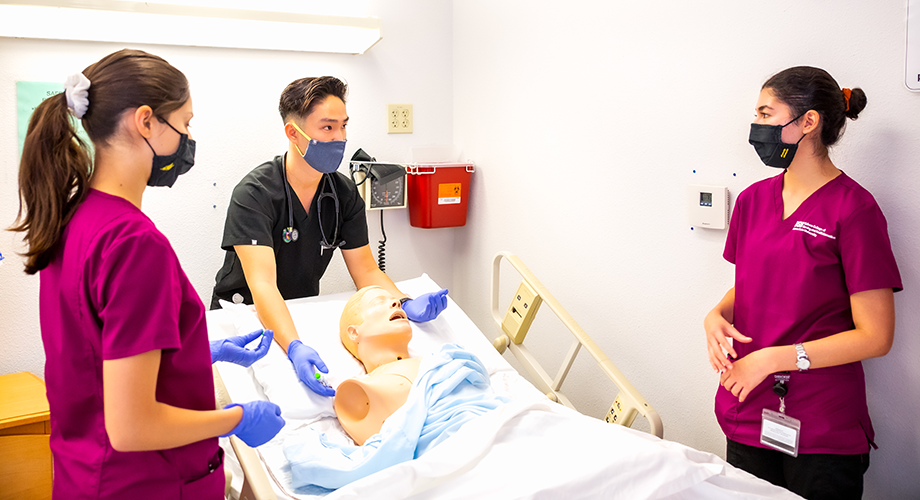The status of the nursing profession
According to the 2020 National Nursing Workforce Survey, there are almost 4.2 million registered nurses (RNs). This makes nursing the fifth-largest ranking occupation in the U.S. and the highest ranking profession within health care. Per the American Association of Colleges of Nursing (AACN), though, there’s still a projected nursing shortage of 260,000 nurses by 2025.
Nurses are integral to the U.S. health care system. Nurses are present in nearly every health care setting, and brandish a set of diverse skills that range from communication to technical life-saving measures.
Findings from the AACN suggest that highly educated nurses with a Bachelor of Science in nursing (BSN) are associated with greater patient outcomes, including lower mortality and failure-to-rescue rates.
Why is there a nursing shortage?
Prior to the COVID-19 pandemic, there were signs of a nursing shortage and that has been exacerbated by world events. There are a variety of factors that contribute to this shortage, including:
- An aging population
The retirement of the baby boomer generation is expected to have a huge impact on the looming nursing shortage. From 2011 to 2019, the population of 65 and older citizens grew by 73%.
- An aging nurse workforce
In the 2020 National Nursing Workforce Survey, it was reported that the median age for registered nurses is 52, with 19% of RNs ages 65 or older. As current nurses retire and people live longer, there is an increased demand for skilled health care workers.
- Greater occurrence of chronic illness
The rise of chronic diseases leads to an increase in the number of nurses required to care for patients. According to the Centers for Disease Control and Prevention, as many as six in ten Americans have at least one chronic disease.
- Shortage of nursing educators
Current nursing teachers are also aging out of employment years, leaving less resources to educate future nurses. The AACN reports that as many as one-third of the qualified nursing faculty working across baccalaureate and graduate programs are projected to retire by 2025.




